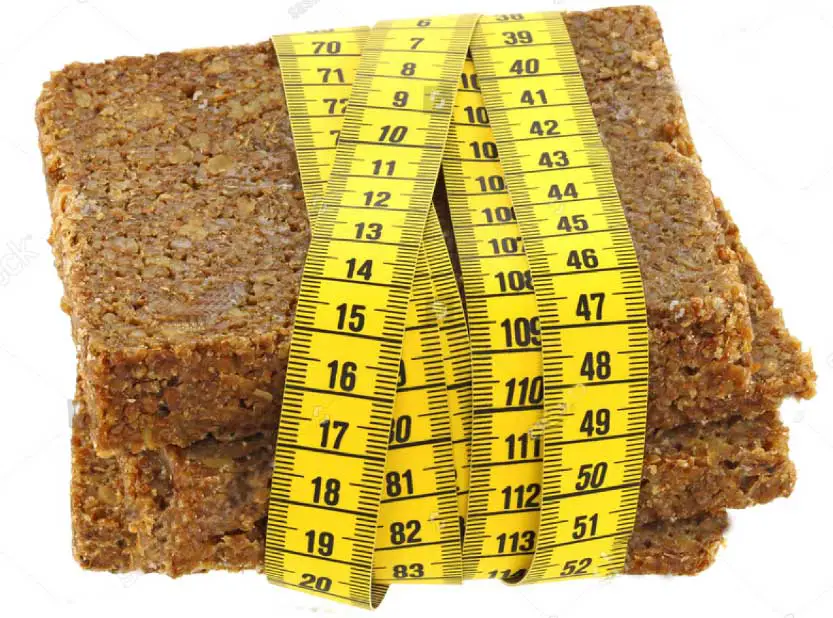Our kitchen fact lover. Stepladders are part of the common tools used at home and in industries. The ladders are very special because they can easily support themselves. So my today’s issue is safe use of step ladders. There are two main types of step ladders. Due to their self-supportable nature, they can be used in the middle of any room or open ground. They include:
The front step ladder- This ladder consists of rungs on one side while the other side is designed for support purposes and cannot be used to climb on
The Twin Step Ladder- This ladder is very popular because it provides rungs on both sides of the ladder. This allows you to climb up from the most convenient side and can also allow you to climb together with a friend.
Related Topic:
- Best step ladders for kitchen reviewed and buying guide
- Best step stools for kitchen reviewed and buying guide
- Step stool vs step ladder– What will you prefer.
Is The Step Ladder Safe?
Very few people know how to use the step ladder properly. Most people take risks that can easily get them injured or even kill them. If they take risks at home, they likely repeat the same risks at their work premises too.
It is important to note that step ladders are not banned under safety law. In fact, they are recommended for short tasks. However,the law calls for sensible use of the ladders to reduce instances of risk. Further, the law calls for the use of the right type of step ladder while working on height activities.
When Is A Step Ladder The Most Suitable Equipment?
Step ladders can be used for work in high places when the risk assessment is low and the work is being conducted for a short period. As a guide, if the task requires you to lean on the ladder for more than 30 minutes, you need to consider a substitute equipment.
Do You Have The Right Step Ladder?
Step ladders come in different sizes. Clearly, a 14-inch ladder will enable you to access a higher place as compared to an 8 inch ladder. The same applies to weight, different ladders support different weights. Therefore, you are advised to use a step ladder that supports your WEIGHT.
Further, aluminum step ladders should not be used in areas where they can contact electrical components or even get exposed to lightning. In fact some companies don’t use aluminum step ladders for safety purposes.
What Weight Can My StepLadder Hold?
Stepladders can be classified into three sections. They include:
- Type I
- Type II
- Type III
Each ladder has a maximum weight and height:
- For the Type I Industrial Stepladders, the height should range between 3 to 20 inches and the weight should be a maximum of 250 Ibs.
- For the Type IA Industrial Stepladders, the height should range between 3 to 20 inches with a maximum weight of 300 Ibs.
- For Type IAA Industrial Stepladders, the height should range between 3 to 20 inches with a maximum weight of 375 Ibs.
- For Type II Commercial Stepladders, the height should range between 3 to 12 inches and carry a maximum weight of 225 Ibs.
- Type III Household Stepladders should have a height range of 3 to 6 inches and a maximum weight of 225 Ibs.
- Always ensure that your weight and the weight of the load doesn’t exceed the listed weight.
What Do You Check For In A Step Ladder Before Using It?
Before you start a task, inspect the ladder to spot any defects and to ensure that the ladder can be used safely. The inspection should be conducted by the user at the beginning of every working day. The stepladder should also be inspected after changes are made for example after the ladder has dropped or after the ladder is moved from a clean area to a dirty area.
Below are the areas to inspect:
Check The Stiles
Ensure that the stiles are not damaged or bent, if they are damaged, the ladder may buckle and collapse.
Check The Feet
If the feet are damaged or missing, the ladder may slip. Moreover, check the ladder feet when changing positions. If you are moving the ladder from soft ground to a solid surface ensure that it is the foot material and not the chippings that are making contact with the ground.
Check The Rungs
If the rungs are bent, loose, missing, or worn out the ladder may fail.
Check The Locking Mechanisms
If the locking mechanisms are bent or damaged, the ladders may collapse. Always ensure that the bars are properly engaged.
Check The Stepladder’s Platform
If the ladder is buckled or split; the ladder might collapse or become unstable.
Check The Treads
If the treads are contaminated, they could be slippery. Further, if the fixings are loose, the ladder could collapse.
Finally, if you spot a defect in the step ladder, don’t use the ladder to avoid accidents.
How To Use The Ladder Safely
Once you have conducted a ‘pre-use’ check, follow the below precautions to minimize a fall or risk.
- Inspect the stepladder feet and ensure that they are in contact with the floor.
- While using the stepladder, carry light tools and materials.
- Do not overreach.
- Avoid working on the three steps, unless you have a handhold.
- , ensure that the locking devices are properly engaged.
- Always position the stepladder to face the working station and not on the side. Nevertheless, there are instances when it is safe to work side on for example while taking stock in a store where space is strained.
- Avoid activities that impose side loading, for example, side-on drilling through concrete materials.
- In cases where side-on loading is the only option, ensure that the feet are stable to prevent the stepladder from tipping over. Otherwise, consider using another suitable equipment.
- At the working position, maintain three points of contact. This refers to the one hand and two feet or when the two hands are free, the body is supported by the stepladder.
Body Position
In addition to the above precautions, there are two rules to consider while maintaining a body position on the stepladder. They include:
- When ascending or descending a step ladder, ensure that you maintain three points of body contact. This means that at least one of your hands should be in contact with the ladder. If you are carrying a load that prevents you from securing the three points of contact, then you should look for another equipment to get the material to the right position.
- When climbing the ladder, maintain your center of gravity. If you overextend it to either side, you are likely to cause a shift and fall.
Safe Use Of Step Ladders Training Video
Conclusion
In conclusion, you need to inspect your step ladder often. This does not mean that you inspect the ladder once a year, or once a week. You need to inspect your step ladder every single moment you use it.
Maybe something happened when you were not around for example something heavy dropped on your ladder or it got knocked over while you were away. Whichever the situation, you cannot risk your safety. Ensure you inspect the ladder always.
Also, ensure that you take precautions when using the step ladders to avoid being a casualty. Always set it up properly and use it carefully whether at home or work. Don’t turn a simple task into a tragedy.
Rita C. Donnell (Jennifer) has spent the last 26 years studying and practicing nutrition science. She has used a larger part of this time in improving people’s livelihoods. She has done so by coming up with unquestionable ideas on how to tackle food problems in her community. Readmore



